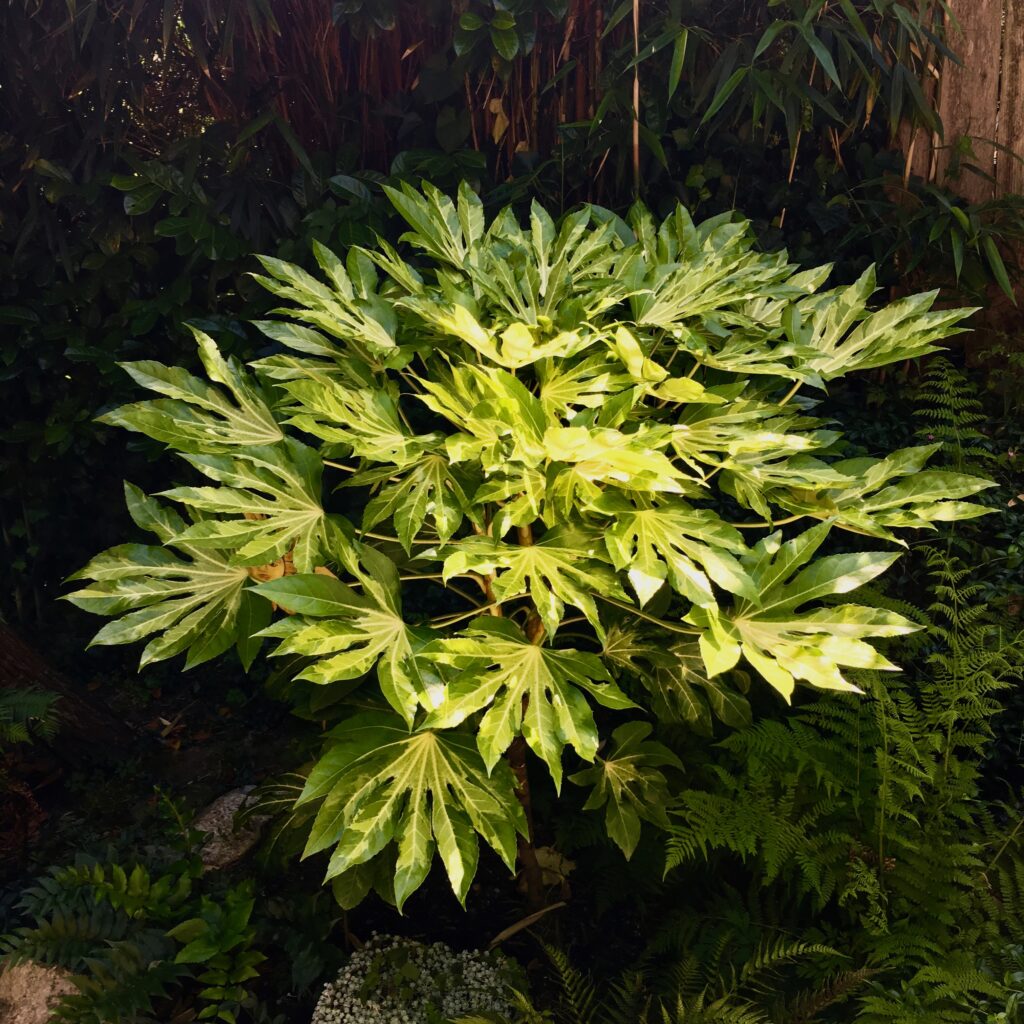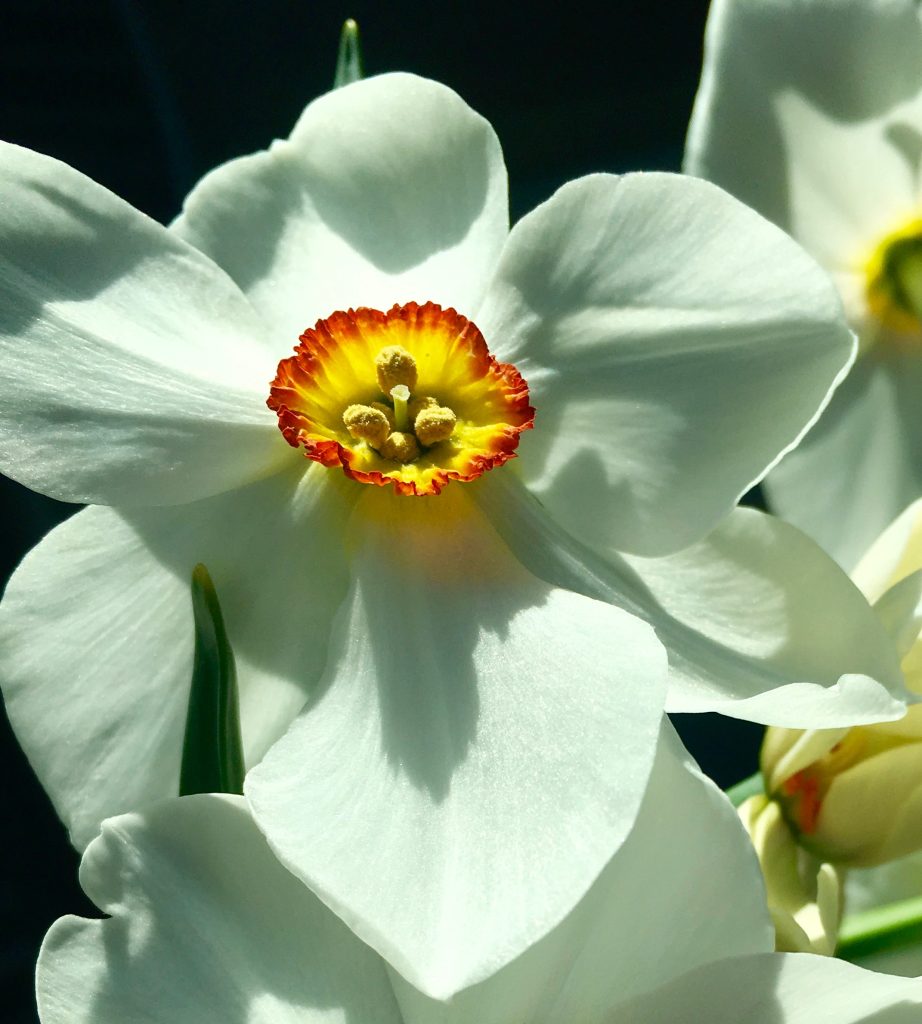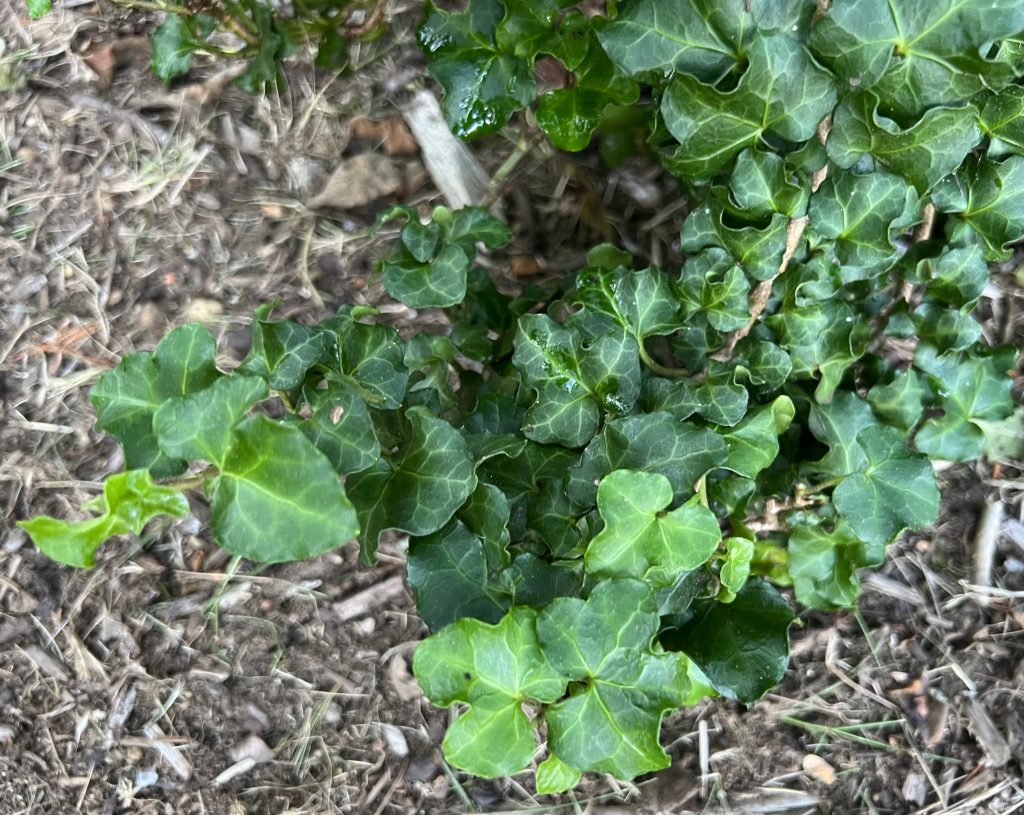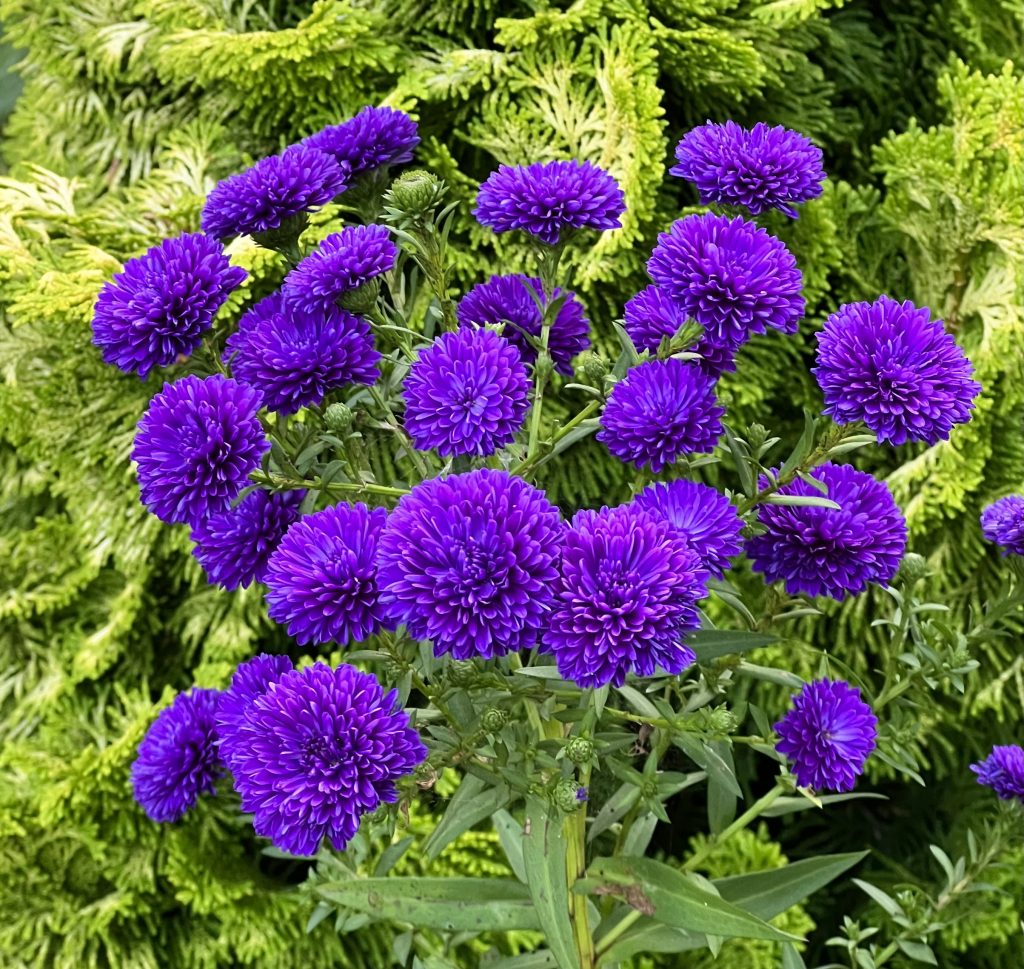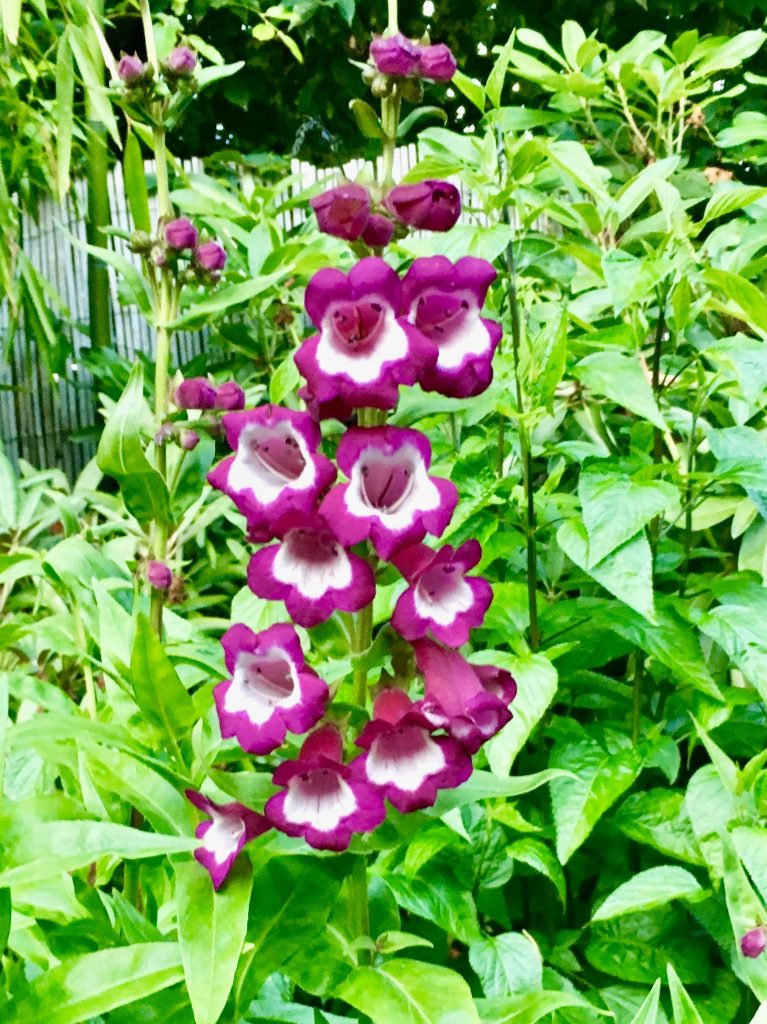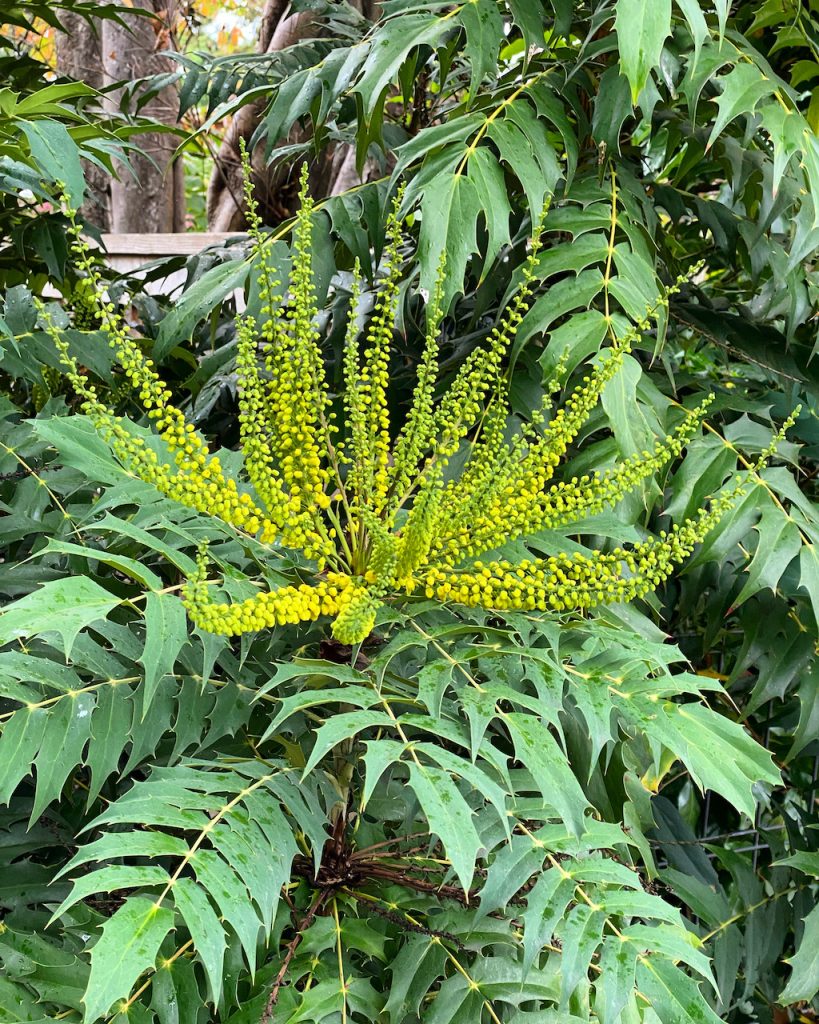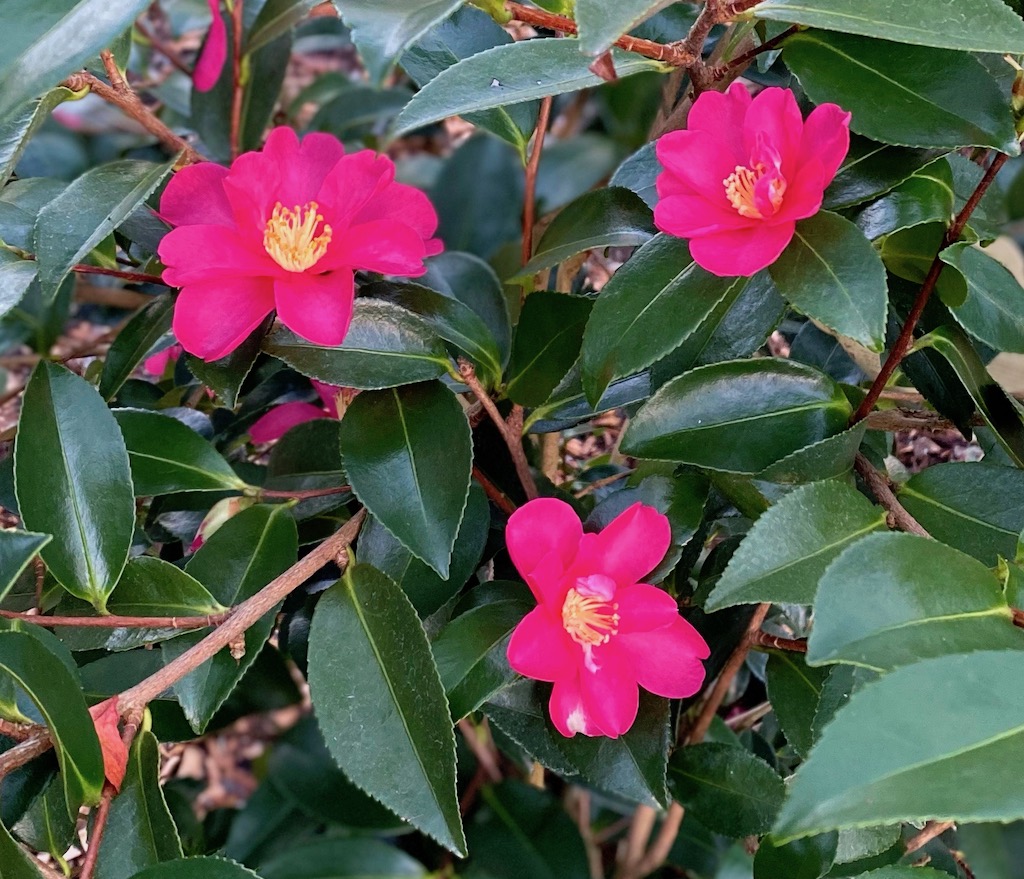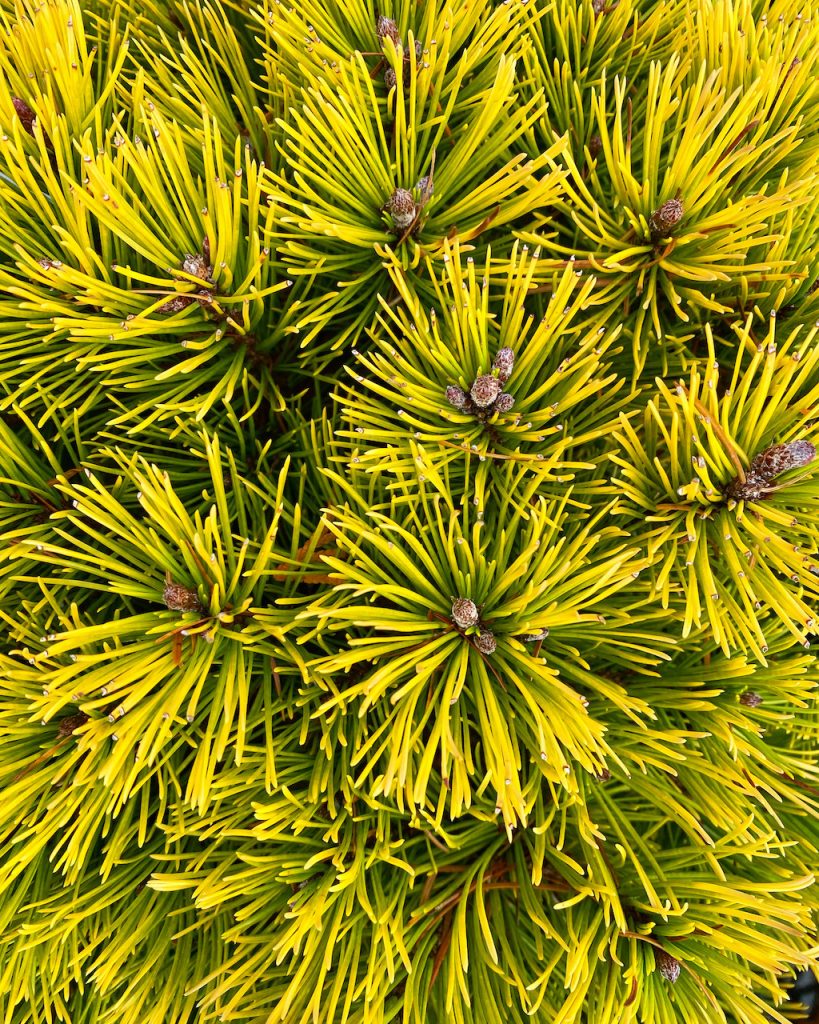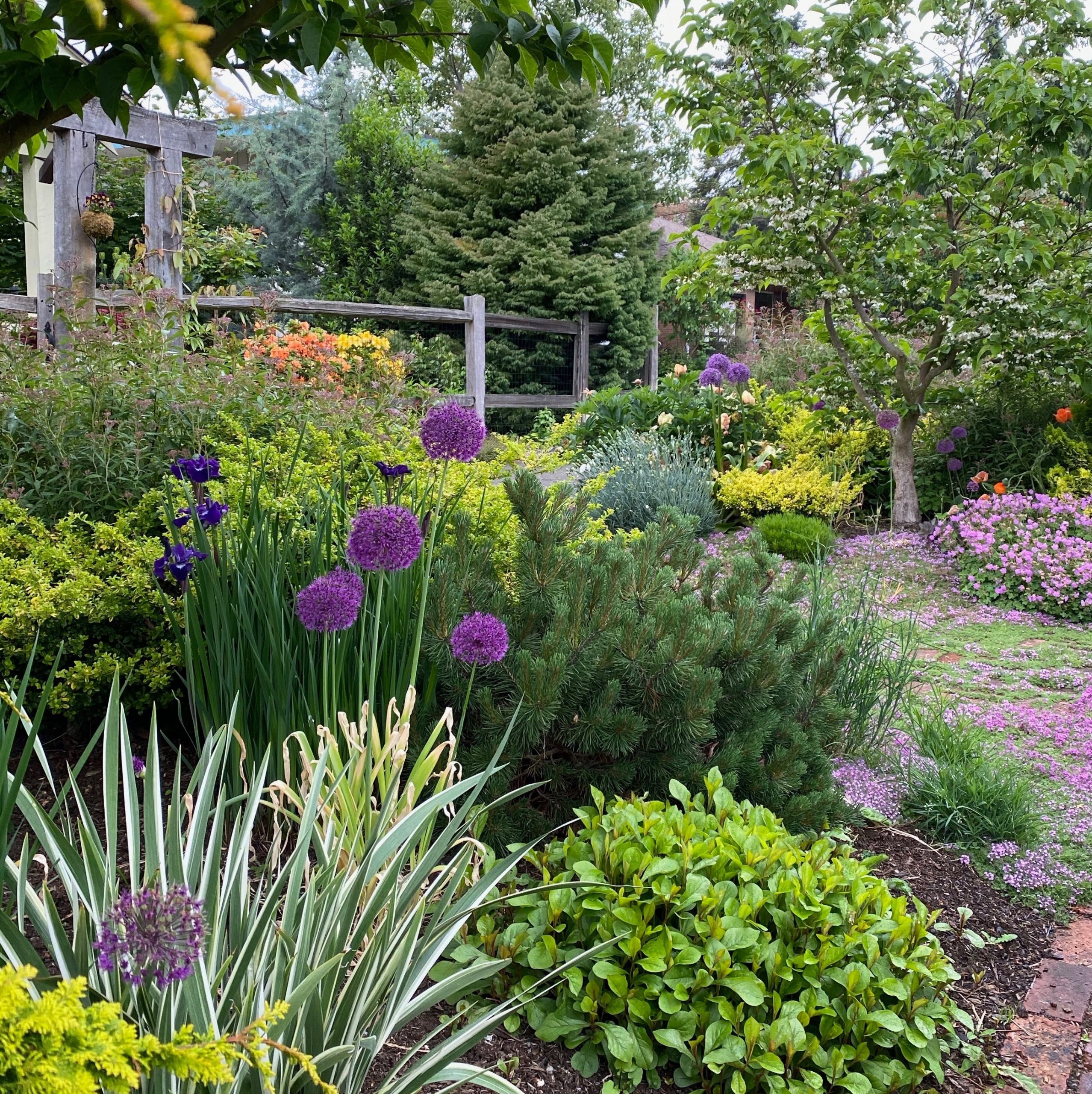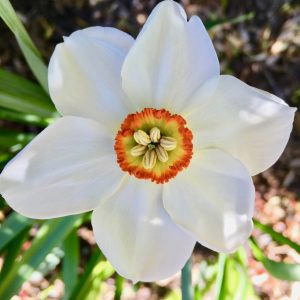Gardens illicit emotions, tell a story, and provide an escape from the mundane. They must also be sustainable, functional, and change with the seasons. Landscape design inspired by the union of form and function, results in uniquely beautiful gardens that meet a set of design criteria. From this perspective, most challenges are simply opportunities for creative problem-solving.
Below are some garden challenges and strategies for solving them.
A low-maintenance garden.
How do you define low maintenance? How much work are you willing to do or hire out? Realistic expectations help a designer create a garden that fits your lifestyle. A well-defined maintenance plan takes the guess work out of garden care. Proactive maintenance saves time, money and keeps your garden healthy and looking good. Deferred maintenance can lead to unhealthy, unattractive plants.
A water-wise garden
Understand how much supplemental water your desired garden will require. The effectiveness of watering can be maximized by grouping complementary plants in zones according to their water requirements. Place plants that need the most water close by, and those that need the least, in outer zones. Plants at the outside edge may not need any supplemental water once established. This method requires careful plant selection and a watering plan or a drip system with multiple zones.
A colorful garden
Color is derived from both foliage and flowers. In the Maritime Pacific Northwest, evergreen plants provide interest during wintertime. Some evergreens may also have colorful needles, foliage, and seasonal flowers. However, perennials provide the greatest spectrum of concentrated color for the longest period. A well-designed plan including perennials and evergreen plants will provide flowers throughout the seasons.
A shade garden
Dappled shade provides an opportunity to create a lush tapestry of color, texture, and flowers. There are also plenty of plants that thrive in full shade. Some of the same plants are equally at home when planted en masse or grouped in elegant drifts. Many of these plants are perennials, but handsome broad-leaf evergreens and conifers will provide structure in a shade garden, especially during wintertime.
As each site and every client is different, so is every garden one of a kind.
Need more ideas? Contact me for a design consultation to learn about landscape design or how to maximize the impact of plantings for any spot in your garden.
